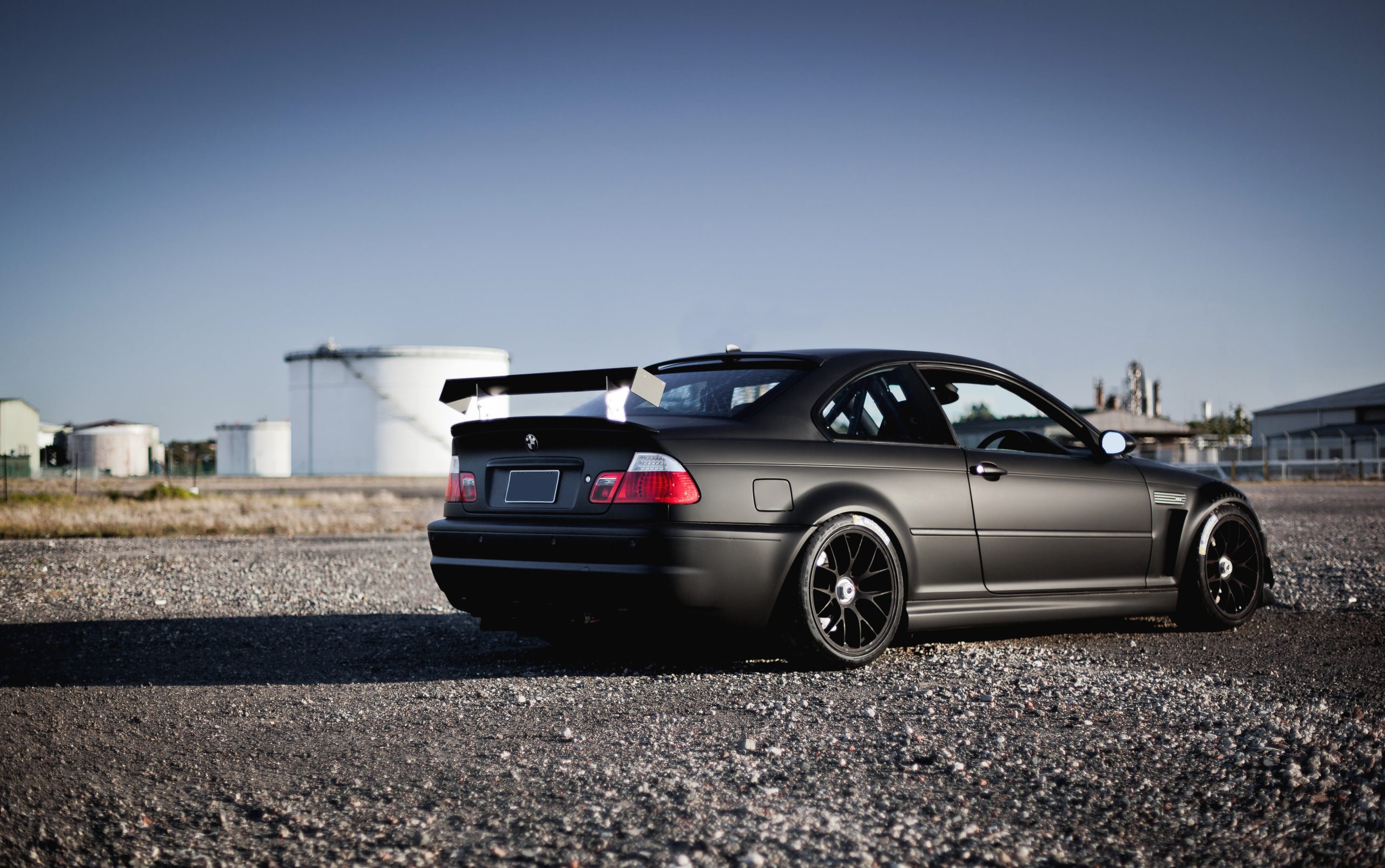Sports coupes have always been a symbol of excitement and power. Known for their sleek designs and high-performance engines, these cars offer a thrilling driving experience. However, not all sports coupes live up to expectations when it comes to engine reliability.
Some sports coupes are equipped with engines that have earned legendary status over the years. These engines are revered for their durability, power, and ability to withstand years of use without major issues. They have become icons in the automotive world.
On the other hand, certain sports coupes have faced engine problems that have affected their reputation. Whether it’s mechanical failures or costly repairs, these cars can often leave owners frustrated. Engine issues can range from minor annoyances to serious concerns that lead to significant repairs.
Legendary Engines
The difference between these two types of sports coupes lies in the design and engineering of their engines. Legendary engines are built to perform consistently, while those with issues may have design flaws or weaknesses that become apparent over time. Choosing the right sports coupe depends on the kind of performance and reliability you’re looking for.
1) Toyota Supra A80
The Toyota Supra A80 is one of the most beloved sports cars in automotive history, thanks in large part to its incredible 2JZ engine. This inline-six engine is revered for its robustness, reliability, and capacity to handle power upgrades, making it a standout in the performance car world.
The 2JZ engine is famous for its ability to withstand extreme power increases without compromising its longevity. Whether tuned for more horsepower or kept in stock form, the 2JZ engine has proven itself to be nearly indestructible, earning the respect of car enthusiasts and tuners alike.
One of the key strengths of the 2JZ engine is its tuning potential. Tuners appreciate the engine’s ability to endure modifications such as upgraded turbochargers and performance parts. This makes the 2JZ a favorite in the tuning community, where the goal is to squeeze out as much power as possible while maintaining reliability.
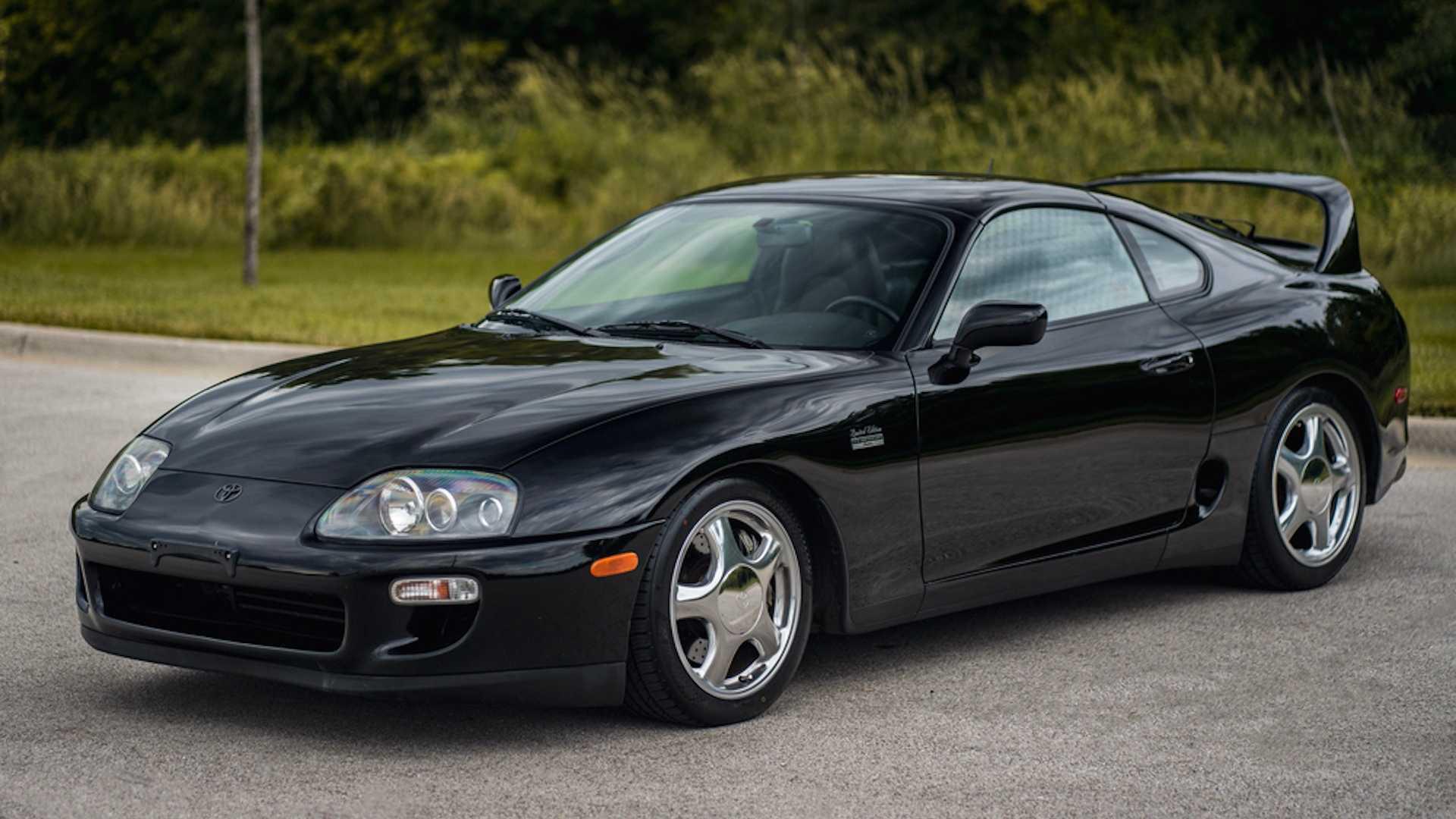
In its stock form, the 2JZ engine already delivers an impressive amount of power, producing over 200 horsepower. This level of performance, combined with its smooth and consistent power delivery, makes the Supra A80 a joy to drive. Whether on the road or the track, the 2JZ engine offers a balanced and exhilarating driving experience.
The durability of the 2JZ engine is another standout feature. Many Supra owners report that their engines run smoothly for hundreds of thousands of miles with minimal maintenance. This longevity makes the Supra A80 a reliable car, even after years of ownership and high-mileage use.
Its reliability, performance, and tuning potential have cemented its place in automotive history, making it a favorite among car enthusiasts and collectors worldwide.
Also read: 5 Cars With Legendary Reliability and 5 Known Lemons
2) Chevrolet Corvette C5 and C6
The Chevrolet Corvette has always been a symbol of American performance, and the C5 and C6 models are no exception. Both models feature the LS1 and LS2 V8 engines, which are known for their power and longevity.
The LS1 and LS2 engines are part of Chevrolet’s renowned small-block V8 family, offering strong performance right from the factory. These engines are capable of delivering significant horsepower, providing the Corvette with thrilling acceleration and top speed.
One of the key advantages of these V8 engines is their durability. With proper maintenance, the LS1 and LS2 engines can easily last for hundreds of thousands of miles, making them a reliable choice for performance enthusiasts who value longevity
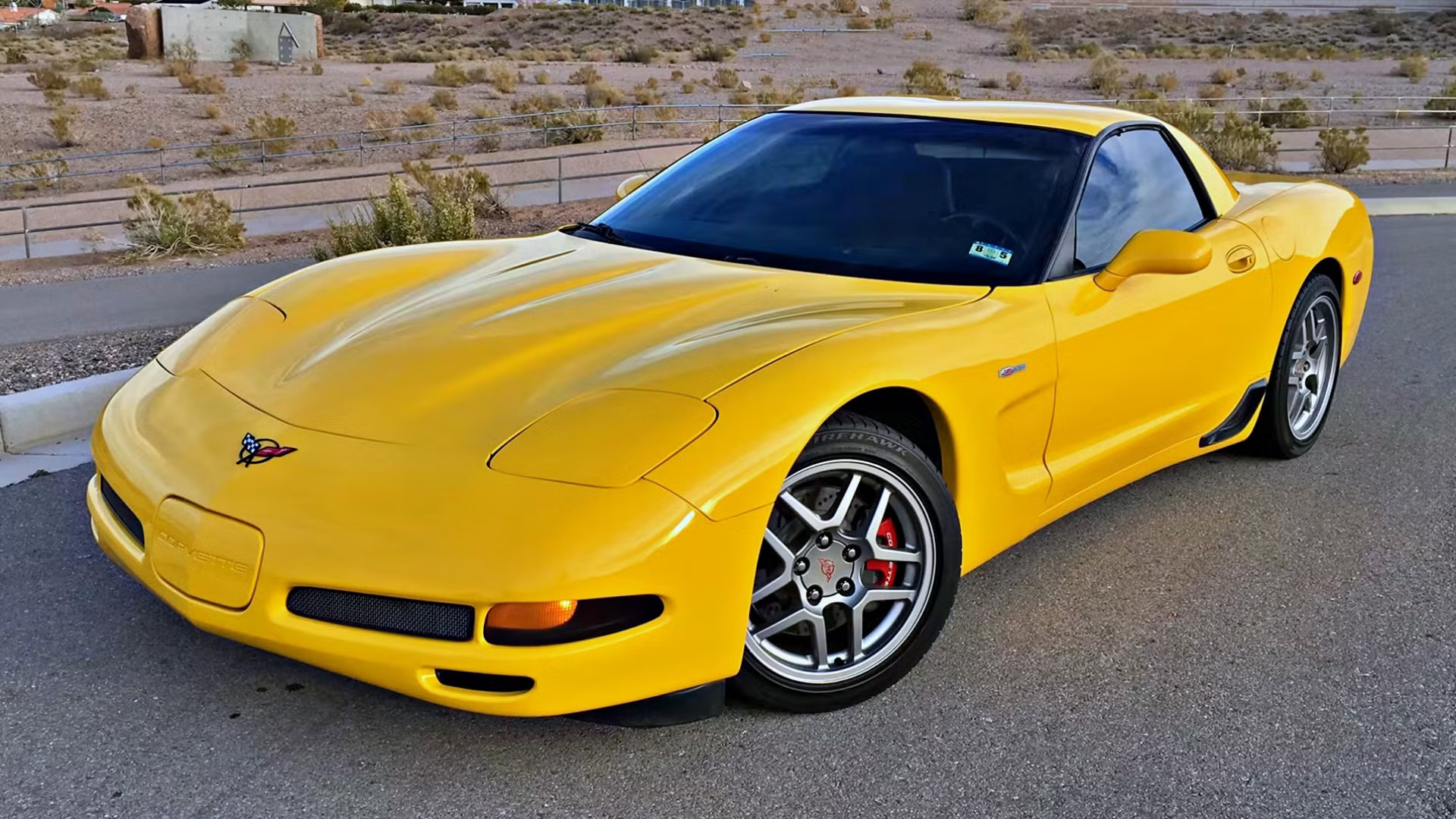
.
Beyond their durability, the LS1 and LS2 engines are also incredibly versatile. These engines are often used as a base for tuning and modification, with tuners pushing them to even greater levels of performance without compromising their reliability.
The Corvette C5 and C6, thanks to their V8 engines, offer a driving experience that balances power and control. Whether cruising on the highway or taking sharp corners, these engines provide the muscle needed for a smooth and exciting ride.
Chevrolet’s attention to engineering has made the LS1 and LS2 engines favorites among car enthusiasts. Their ability to perform well over long distances, combined with their aftermarket potential, has cemented the Corvette’s reputation as a car that not only thrills but also endures over time.
3) Mazda RX-7
The Mazda RX-7 is famous for its use of the rotary engine, which sets it apart from most other performance cars. Unlike traditional piston engines, the rotary engine uses a unique design that delivers high-revving performance and an exciting driving experience.
The rotary engine in the RX-7 is known for its smooth, high-revving nature. It can reach higher RPMs than many conventional engines, giving the car a distinctive sound and feel that enthusiasts love. This engine’s ability to rev freely makes the RX-7 an exhilarating car to drive, especially on the track.
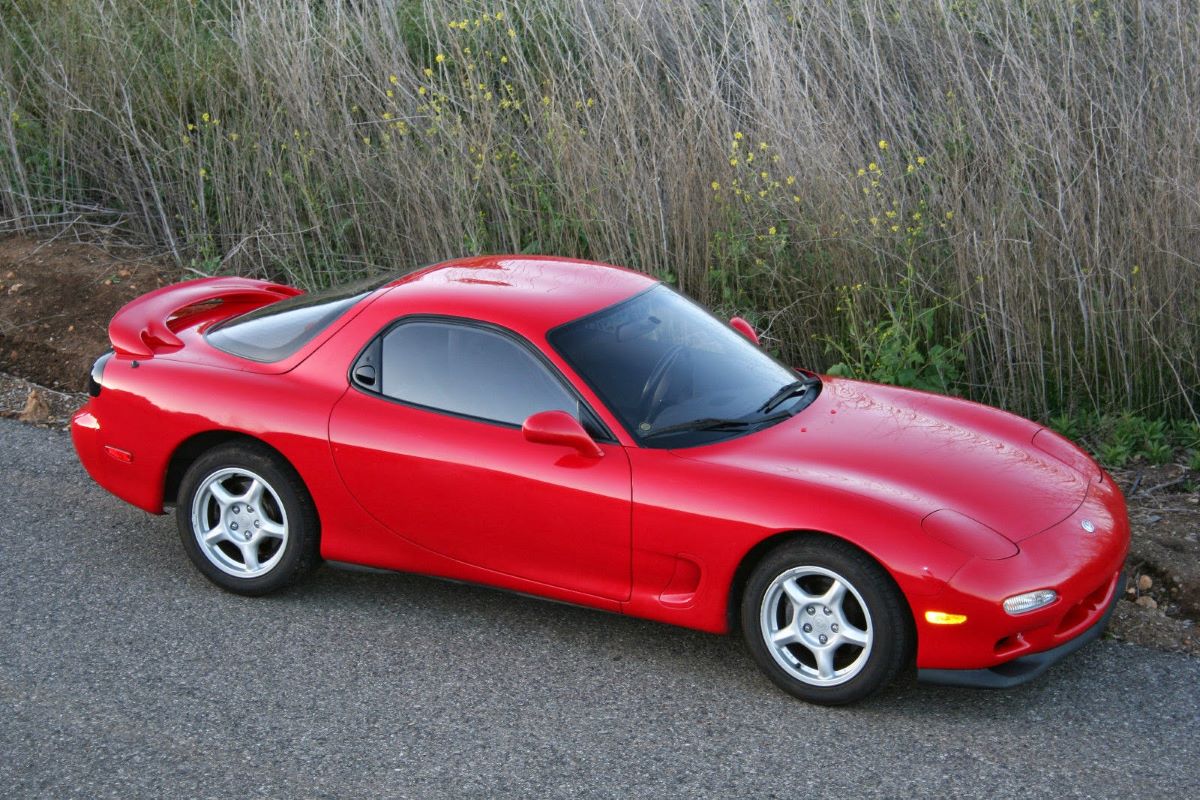
However, the rotary engine does require more attention and care compared to standard engines. It is more sensitive to maintenance and requires regular oil changes and other checks to ensure longevity.
If not properly maintained, the engine can experience issues such as sealing problems, but with proper care, it can deliver many miles of exciting performance.
Enthusiasts appreciate the RX-7 for its unique driving experience and design. The rotary engine’s compact size allows for a lighter, more agile car, which makes the RX-7 a great choice for those who enjoy handling and cornering. Its lightweight nature, combined with the rotary engine’s responsiveness, offers a driving experience that’s hard to match.
The RX-7’s rotary engine has earned a legendary status among car enthusiasts. Its unique technology and thrilling performance have made the RX-7 a fan favorite, even though it requires more maintenance than conventional engines. The car continues to hold a special place in the hearts of those who seek something different from the typical sports car.
4) Nissan 350Z
The Nissan 350Z is equipped with the VQ35DE engine, a highly respected powerplant known for its smooth performance and durability. This engine offers solid horsepower, making the 350Z a fun car to drive with impressive acceleration and a thrilling driving experience.
The VQ35DE engine is celebrated for its reliability. Unlike many other high-performance engines, it doesn’t have major concerns that owners need to worry about, making it an excellent choice for those looking for a dependable sports car.
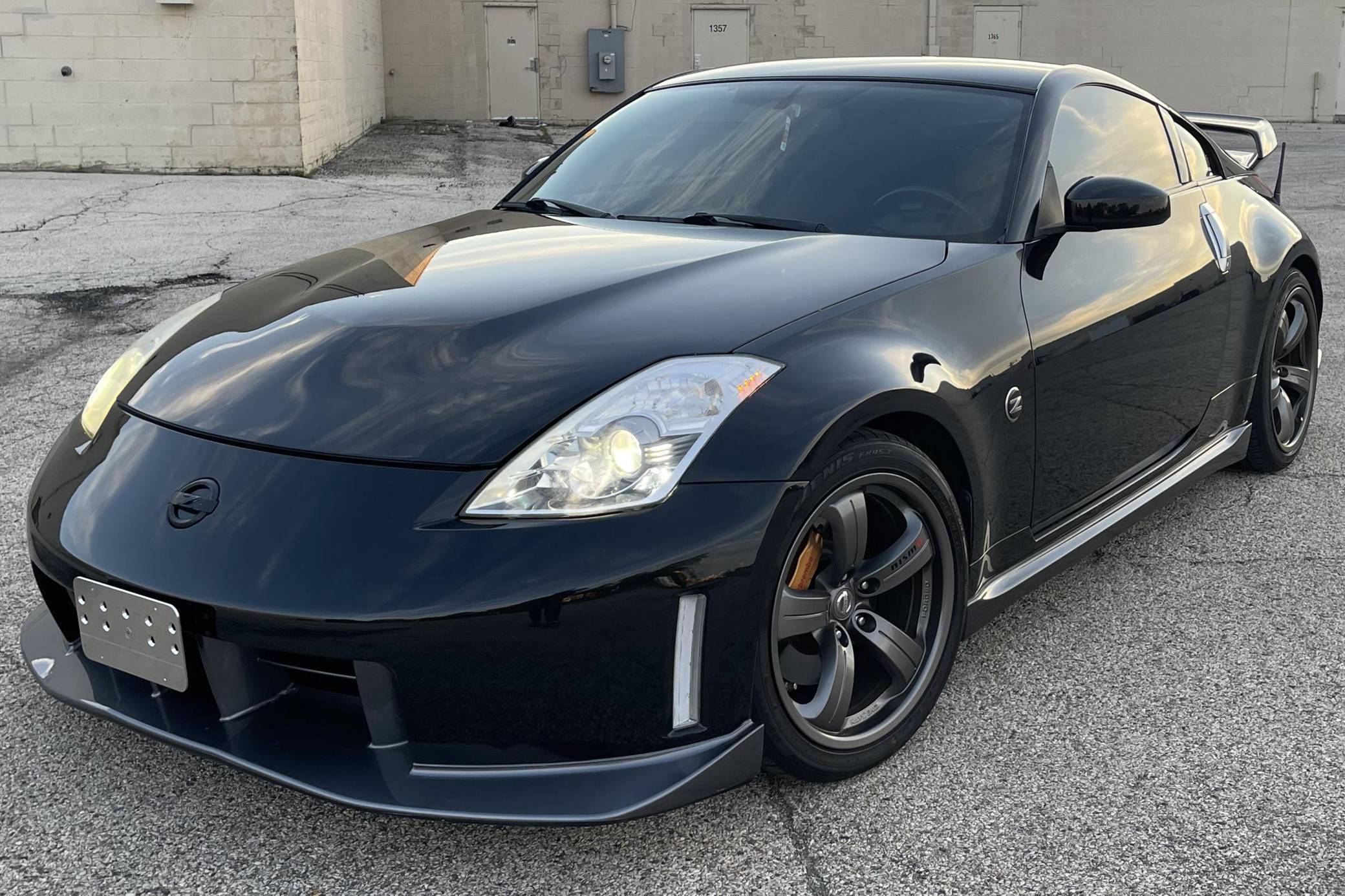
One of the key features of the VQ35DE engine is its smooth power delivery. It provides consistent acceleration, which is ideal for both daily driving and spirited drives on twisty roads or tracks. This smoothness also contributes to a comfortable ride, even during high-performance driving.
The VQ35DE engine’s durability is another standout trait. With proper maintenance, this engine can last for hundreds of thousands of miles, making it a reliable long-term option for sports car enthusiasts. It’s not uncommon for owners to report minimal issues over the years, even with regular use.
While the VQ35DE engine isn’t the most powerful option available, it strikes a perfect balance between performance and reliability. It produces just enough horsepower to provide an exciting driving experience without the risks that come with more powerful engines prone to failure.
5) Ford Mustang GT (S197)
The Ford Mustang GT, especially the S197 model, is powered by a 4.6L V8 engine that has earned a reputation for its power and durability. This engine provides strong horsepower, making the Mustang GT a true American muscle car that offers an exhilarating driving experience.
The 4.6L V8 engine in the Mustang GT is built for performance. With its solid power output, it gives the car plenty of acceleration and top-end speed, which is ideal for those who enjoy a powerful ride on both highways and racetracks.
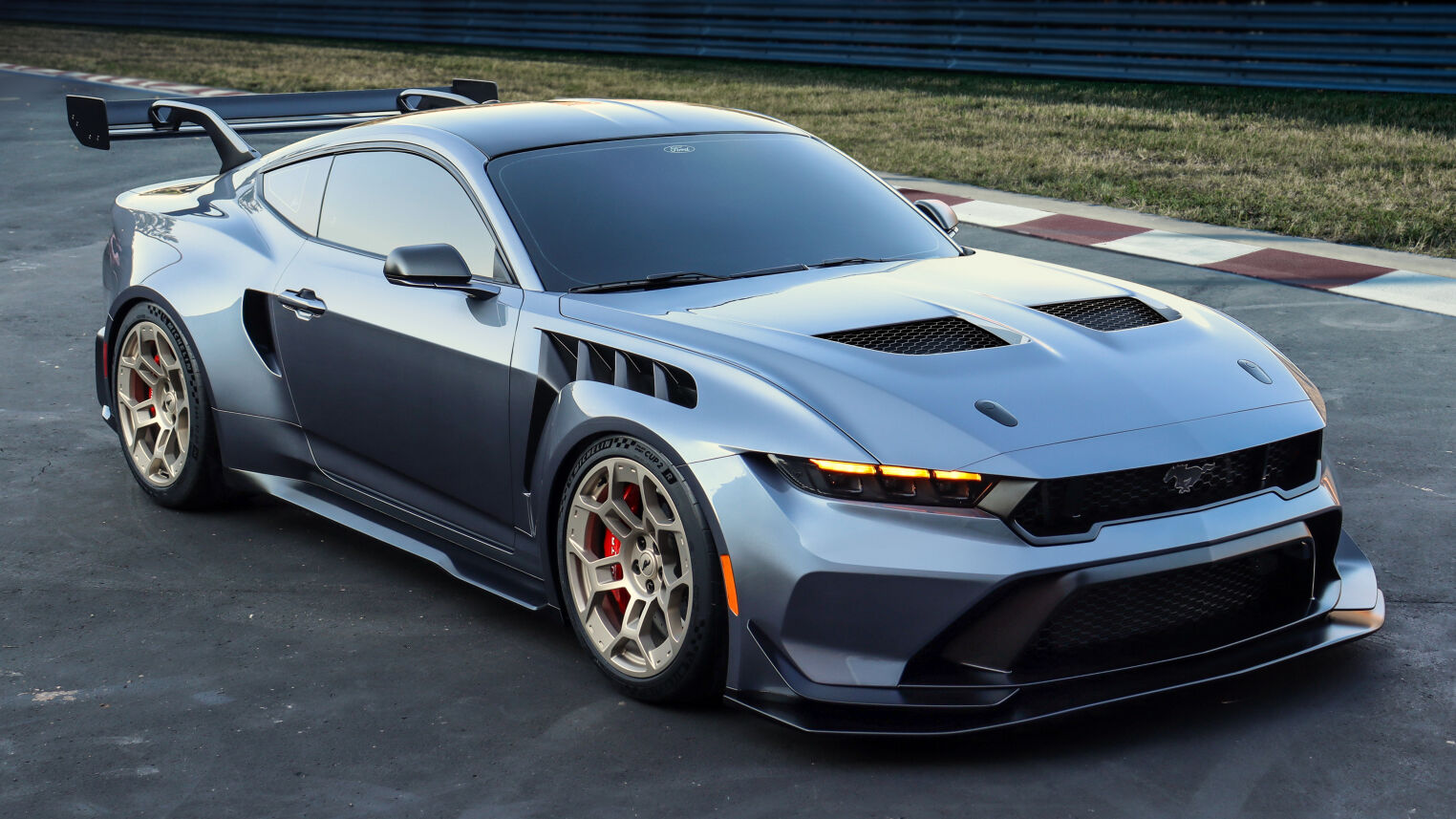
One of the key strengths of the 4.6L V8 engine is its reliability. It’s known for lasting many years with proper maintenance, and many owners report that the engine continues to run smoothly even after hundreds of thousands of miles. This makes it a great option for those seeking a long-term investment in a muscle car.
The engine’s durability is particularly impressive for a performance vehicle. While some high-performance engines can suffer from wear and tear over time, the 4.6L V8 in the Mustang GT holds up well to the demands of daily driving and occasional high-speed runs. Proper care ensures it can last for many years without major issues.
Beyond durability, the Mustang GT’s 4.6L V8 is a part of the car’s identity. It’s what makes the Mustang one of the most recognizable muscle cars on the road, offering that distinctive American muscle sound and feel that enthusiasts adore. It’s a true symbol of strength and performance.
Also read: 5 Cars With Bulletproof Manual Transmissions and 5 That Constantly Grind
Engines With Issues
Sports coupes are built to thrill—sleek, aggressive, and engineered for performance. But sometimes, what’s under the hood doesn’t live up to the promise. Over the years, several manufacturers have rolled out coupes that looked the part but suffered from serious engine problems.
From poor reliability to catastrophic failures, these powerplants have tarnished the reputation of otherwise exciting cars. In this article, we take a hard look at some of the most disappointing engines ever dropped into a sports coupe—and the frustrating realities that came with them.
1) BMW M3 (E46)
The BMW M3 (E46) is highly praised for its performance, but it comes with an engine issue that should not be ignored. The S54 engine in the E46 M3 has a known problem with its rod bearings, which can lead to serious engine failure if not properly maintained.
The rod bearing issue in the S54 engine is a common problem that many owners face. If the rod bearings wear out or fail, it can result in catastrophic engine damage, which could leave the car inoperable. This makes regular maintenance and early detection of any signs of wear absolutely crucial.
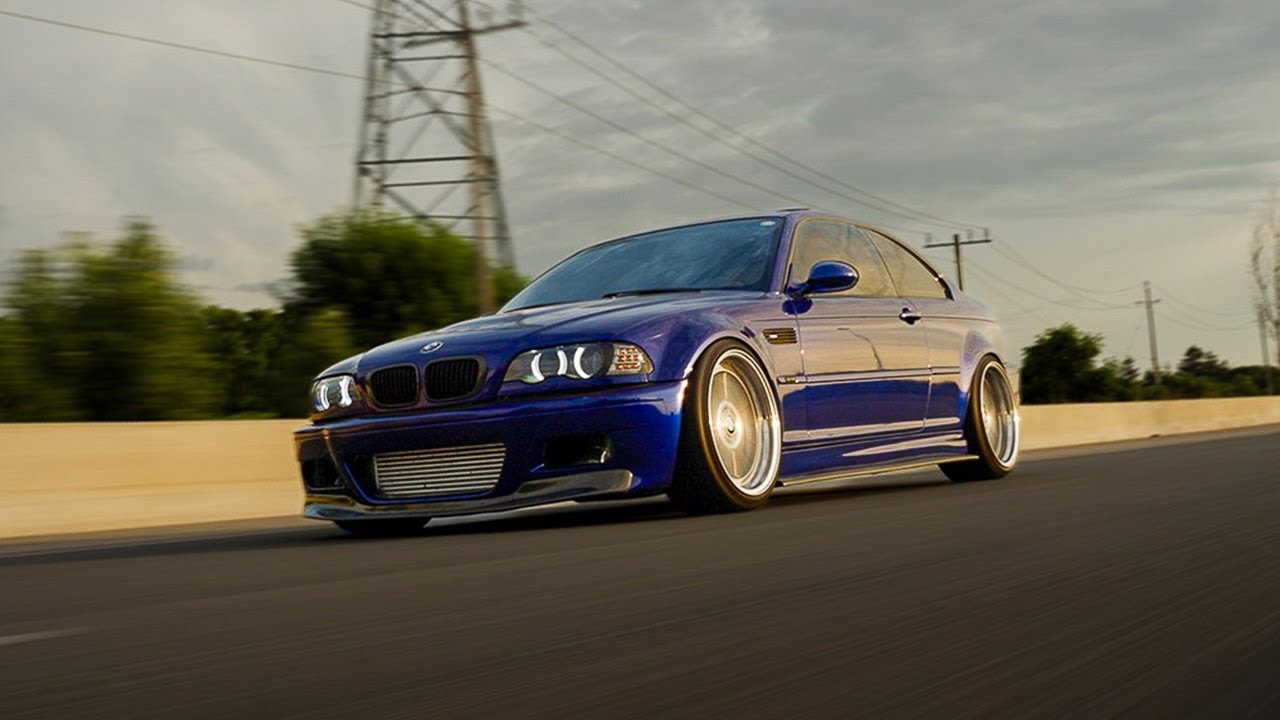
Many owners of the E46 M3 have reported this issue, particularly those who haven’t kept up with preventive maintenance. The problem is not widespread in all vehicles, but the risk is significant enough that it’s worth keeping an eye on. If addressed early, the issue can often be prevented or minimized.
The good news is that with proper care, such as regularly checking the rod bearings and replacing them as needed, the engine can continue to perform well. Many E46 M3 enthusiasts have found success by staying proactive with their maintenance, avoiding major engine failures and preserving the car’s legendary performance.
While the S54 engine has this known issue, it’s still an incredibly powerful and smooth engine when properly maintained. The E46 M3 continues to be a favorite among BMW fans for its balance of performance, handling, and driving experience, but it requires more attention than other vehicles to keep the engine running strong.
2) Porsche 911 (996)
The Porsche 911’s 996 generation, while iconic, faced engine issues related to the IMS (Intermediate Shaft) bearing. If the IMS bearing fails, it can cause significant engine damage, leading to expensive repairs or even engine replacements.
The IMS bearing is a crucial component of the engine, and when it fails, it can result in catastrophic failure. Many owners of the 996 generation Porsche 911 have experienced this issue, which has contributed to the car’s reputation for engine problems.

This issue is particularly concerning because the IMS bearing failure can happen without warning. When it fails, it can lead to metal fragments being spread throughout the engine, damaging critical components and causing major performance issues. The result is often costly repairs, sometimes requiring a complete engine replacement.
Many Porsche 911 owners of the 996 generation have had to deal with the aftermath of IMS bearing failures. The repairs can be expensive, and in some cases, the cost of fixing the issue might outweigh the value of the car itself. For this reason, many potential buyers of the 996 generation are cautious and aware of the potential risks.
Fortunately, there are preventive measures that can help avoid IMS bearing failure. Some owners opt to replace the IMS bearing with an upgraded version, while others choose to monitor the component closely to detect early signs of wear. By being proactive, owners can prevent major engine damage and extend the life of their Porsche 911.
3) Chevrolet Camaro (V6 Models)
While the Chevrolet Camaro’s V8 models are known for their solid performance and reliability, the V6 versions, especially in the earlier models, have experienced some engine problems. One of the most common issues with these V6 engines is timing chain failure, which can lead to expensive repairs.
Timing chain failure occurs when the chain that synchronizes the engine’s camshaft and crankshaft becomes damaged or wears out. If the timing chain breaks or slips, it can cause the engine to run poorly or even lead to severe engine damage, requiring costly repairs or even engine replacement.
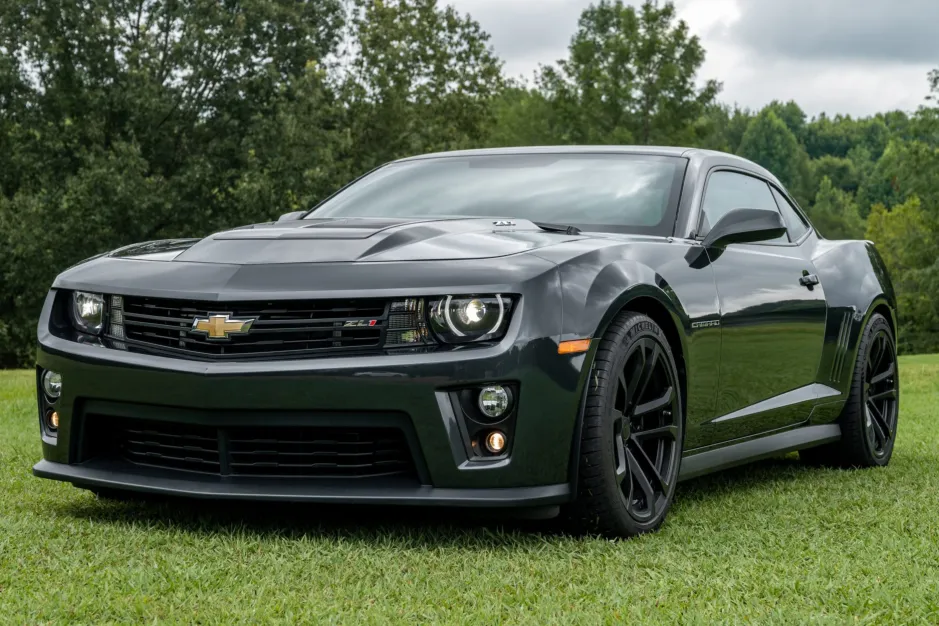
The problem with timing chains in the V6 models has led to concerns about the Camaro’s reliability. Compared to other performance cars in the same price range, the V6 Camaro may require more maintenance and attention to avoid engine issues. This can make it less appealing for those looking for a hassle-free driving experience.
Many owners of early V6 Camaro models have reported issues with the timing chain, especially as the cars age. Regular maintenance and timely repairs can help prevent these problems, but the risk still exists for those who neglect to address potential issues early. This issue has caused some buyers to think twice before purchasing a V6 Camaro.
While the V6 models of the Chevrolet Camaro are still fun to drive and offer great performance, the timing chain problem affects their overall reliability. Fortunately, newer models have improved on this issue, making the timing chain problems less of a concern for current buyers.
4) Mitsubishi Eclipse GS-Turbo
The Mitsubishi Eclipse GS-Turbo, featuring the 4G63T engine, is a popular choice among car enthusiasts due to its performance and tuning potential. However, the engine has some known issues, particularly with the turbo and head gasket, which can turn a fun driving experience into a costly repair project.
One of the most common issues with the 4G63T engine is turbo failure. The turbocharger can wear out or break down over time, especially when the car has been modified for higher performance. This can lead to significant engine problems, including reduced power and efficiency, and sometimes even engine failure if not addressed.
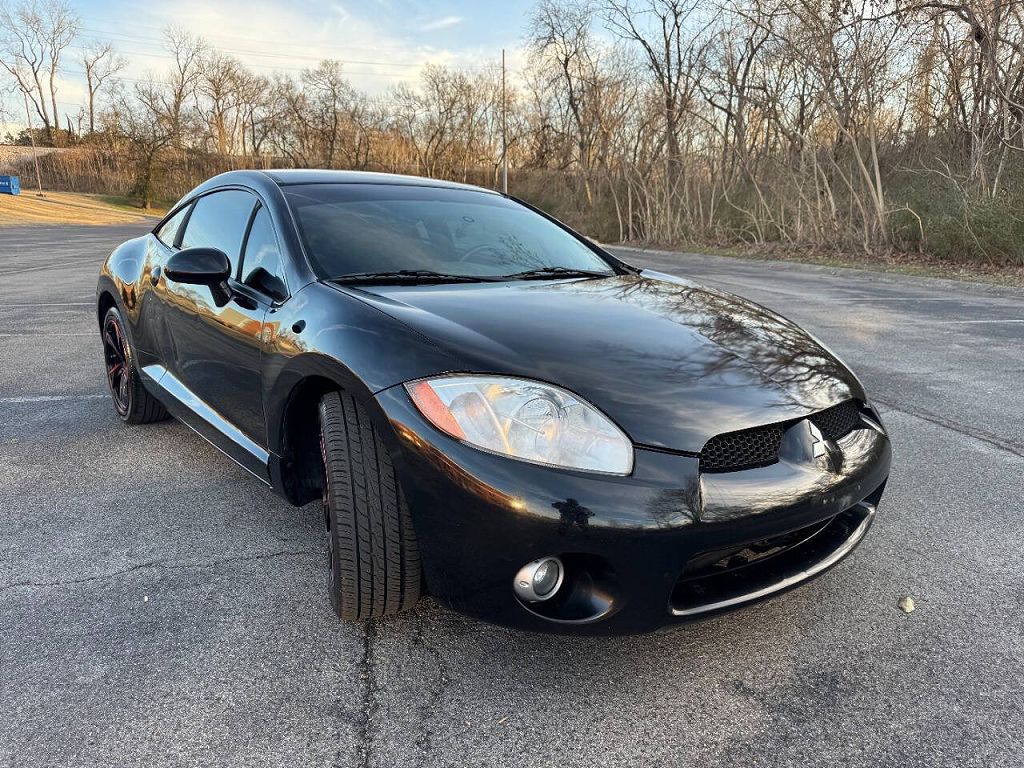
Another problem with the Eclipse GS-Turbo’s engine is the head gasket. The head gasket is crucial for maintaining the engine’s compression and preventing oil and coolant leaks. If the head gasket fails, it can cause overheating, loss of power, and serious damage to the engine, leading to expensive repairs.
These engine issues are more likely to occur in modified vehicles. Car enthusiasts often increase the turbo’s boost or make other performance modifications to enhance the driving experience. However, these changes can put extra strain on the engine, making turbo and head gasket failures more common.
While the Mitsubishi Eclipse GS-Turbo is a fun and capable car, the turbo and head gasket issues can cause frustration for owners. Regular maintenance and careful driving can help extend the lifespan of these components, but enthusiasts must be prepared for the potential costs associated with repairs.
Also read: 5 Cars With Digital Dashboards That Age Well and 5 That Glitch Out
5) Subaru WRX (2002-2007)
The Subaru WRX, particularly from the 2002 to 2007 model years, is a beloved car, especially among rally enthusiasts. However, the WRX’s EJ20 engine has faced significant reliability issues, most notably head gasket failures and excessive oil consumption, which can lead to costly repairs.
The head gasket failure is one of the most common problems associated with the EJ20 engine in these WRX models. If the head gasket fails, it can cause coolant to leak into the engine, leading to overheating, loss of power, and potential engine damage. This problem is particularly common in older models, where the gasket has had time to wear down.

Another issue with the EJ20 engine is oil consumption. Many WRX owners report that the engine burns oil at a much higher rate than expected, requiring frequent top-ups. This issue can lead to low oil levels, which could cause further engine damage if not addressed.
Both of these issues—head gasket failures and high oil consumption—can become very expensive to repair. Head gasket replacements can cost thousands of dollars, and if the oil consumption issue isn’t addressed early, it could lead to long-term damage to the engine.
Despite these issues, the Subaru WRX remains a popular choice for those who want a high-performance, all-wheel-drive car with rally-inspired handling. However, prospective buyers should be aware of the engine’s potential problems, especially in older models, and make sure to keep up with regular maintenance.

